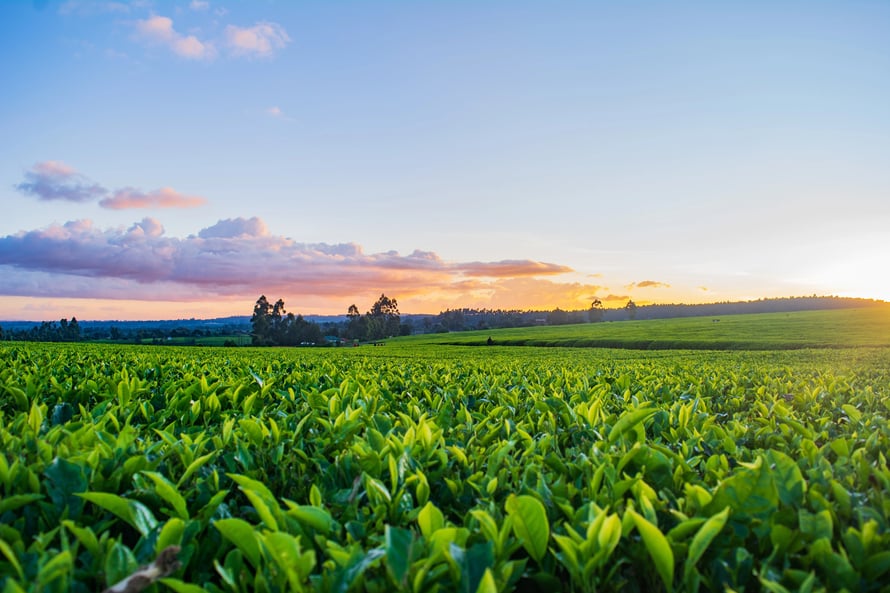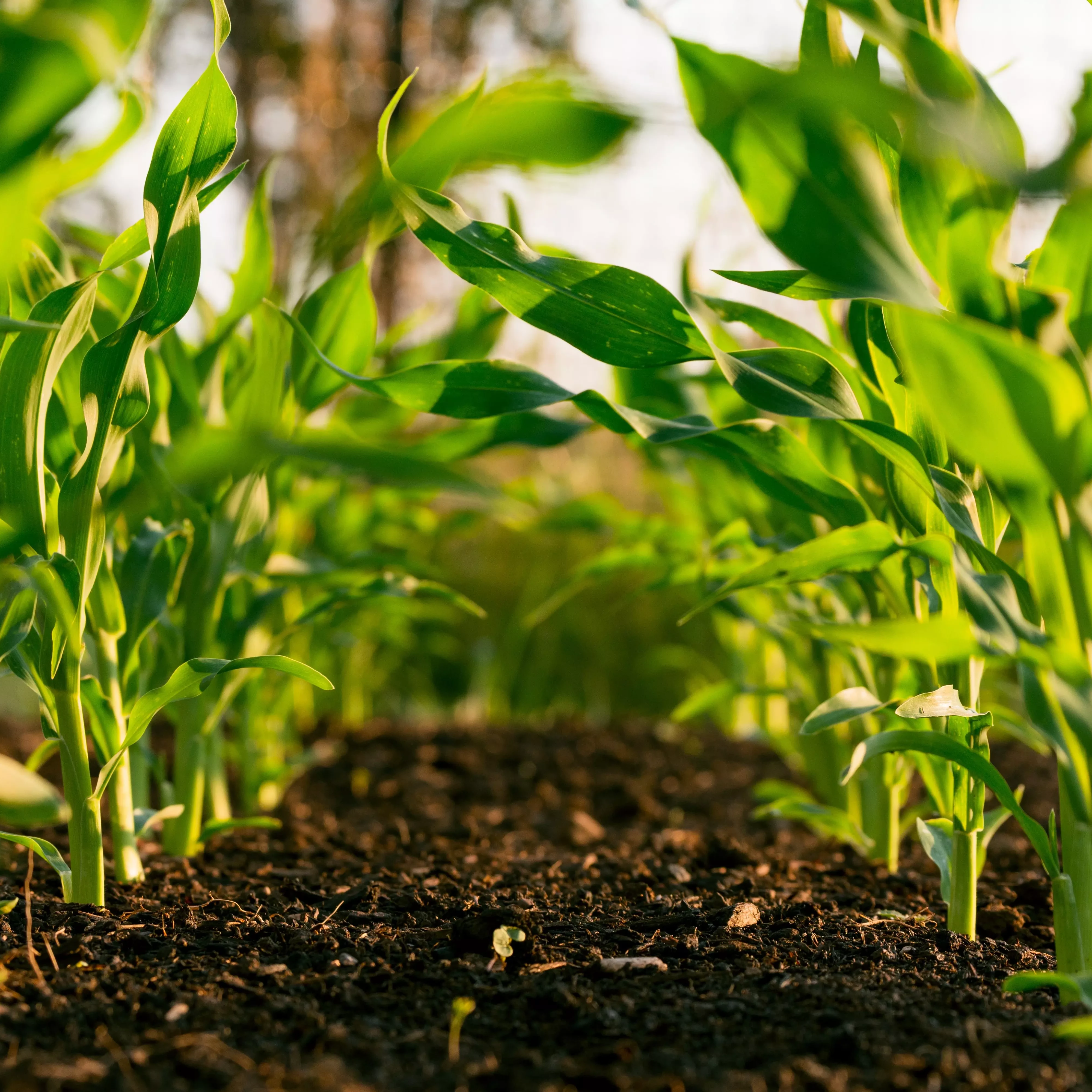Agriculture is growing in importance every day. Supply chains are being disrupted and delayed, grocery stores are running out of food, deliveries cannot be completed, and necessities are becoming commodities. Stability in food supply and agriculture is necessary for the world to continue. Farmers worldwide are looking for ways to minimize costs and maximize outputs. What does the future of agriculture look like? Can IoT help in an area that is so vital for global survival? What can asset tracking offer agriculture?
 The Market for Agriculture Problems facing Agriculture
The Market for Agriculture Problems facing Agriculture
Agriculture is the backbone of the world’s food supply. If the world's agriculture suffers, so does the rest of the economy. Over 80% of the world’s food supply comes from family farms, counting for billions of dollars. According to the USDA, agriculture, food, and related industries contributed $1.055 trillion to the U.S. gross domestic product. These statistics show how instrumental agriculture is to developing and sustaining a nation’s economy. The market will also grow due to an increase in population. The UN expects the world population to increase to 9.8 billion by 2050. With the increase in mouths to feed, food will be expected. Innovations within agriculture will be necessary to satisfy the world’s future needs.
Increase Your ROI by Investing in AirFinder Everywhere
- Loss Prevention. Reduce the amount of loss that occurs during the supply chain process
- Location Coverage. AirFinder Everywhere uses a combination of GPS, Cellular, and WiFi to determine location everywhere
- Security Alerts. Know when a delay in shipment has occurred so the problem can be addressed immediately.
Problems Facing Agriculture
Sustainability
Environmental friendliness and sustainability are the focus points of farms today. They are trying to find the best fertilizer and pesticide that is environmentally friendly and has no side effects. The wrong pesticide has been used in the past and resulted in crops that made people sick and affected the surrounding ecosystem. Water supply is another area in agriculture that needs sustainability within. Fertilizers can be overused and get leaked into the water supply. The fertilizer causes an increase in water vegetation which steals the fish’s oxygen, resulting in a decrease in aquatic life and possible food supply. Agriculture has an even more direct link to the water supply as it uses 70% of the world’s total water supply annually. Finding ways to use as little water as possible and effectively can help provide better sustainability for agriculture and the world.
Theft
It’s no secret how expensive farm equipment is. Anytime equipment is not functioning properly, farms suffer financial consequences, and the result is worse when the equipment is stolen. Tractors can reach up to $500,000 alone and are not always easy to acquire. If a tractor is stolen, the farmer is set back on his processes and has to invest in new equipment. There are multiple other pieces of equipment depending on the different farming types. For instance, a combine can cost up to $500,000. Preventing the theft of these costly pieces of equipment is paramount to the success of agriculture’s future. A farm looking to decrease cost and improve efficiency cannot survive the great loss that stolen equipment would place on them.
Supply Chain Issues
The difficulties that companies’ supply chains are experiencing now are well documented. Freighters are backed up and log-jammed at the most popular ports in the world. This jam is not projected to clear up soon as ports and warehouses are still understaffed and lack the manpower to unload the incoming freighters. Trucks are running late as well due to the shortage of drivers. These bottlenecks lead to delays in consumer and business’ orders and can take several months to be finally fulfilled. This affects agriculture as well, perhaps even more significantly, due to the fragility of their products. Produce and dairy do not have a long shelf life and need efficient distribution. Without an optimized supply chain, farms may not get their produce to the next stage in the supply chain before expiration.
How Does IoT Solve Those Issues?
Sustainability
IoT has amazing sensors that provide real-time data on a farm’s products and animals. Monitoring livestock allows farms to target sick cattle quickly and isolate them before the others are infected. Quick isolation also allows for immediate treatment of the hurt or infected cattle. Unmonitored cattle can result in a deadly disease infecting all animals and farms, which could cause devastating deaths or costly medical bills. Livestock monitoring also prevents cattle theft and reduces losses that farms suffer yearly.
Monitoring harvests give farms access to real-time data on the temperature of their products, humidity levels of their storage buildings, greenhouses, and the location of their harvests. This data can ensure adequate environments for products and stop contaminated food from ever leaving the facility. This ability can save not just agriculture but the world millions in food waste. IoT sensors carrying these capabilities can help ensure great efficiency as agriculture ascends into its future.
IoT offers great security for agriculture with equipment tracking. The danger of equipment theft has already been discussed and shows why constant visibility is essential. Equipment accounts for 15% of the total agricultural cost for farmers. Considering all the land and supplies that agriculture requires, that 15% is a significant chunk. Having constant visibility of agricultural equipment provides tremendous value to farms. Tracking equipment allows farms to know where to find their equipment quickly. Farms often have several of the same machine and equipment but may not use them interchangeably for the same job. Knowing the exact location of specific equipment can help farms operate efficiently and prevent theft. Even if theft does occur, the tracking system can tell you where the equipment ended up so you can get it back quickly and continue working. IoT makes this happen through asset tracking technology.
Supply Chain Optimization
Due to necessity and technological innovation, primarily through IoT, supply chains are improving daily. New trade routes are being developed to avoid bottlenecks at popular ports, trucks are driving at night to avoid traffic during the day, and companies are moving manufacturing closer to the end-user to avoid long delivery times. Technological innovations like asset tracking with sensors give constant visibility into each step of the supply chain. With this data, distributors and third-party logistics companies are improving their operations, leading to efficient distribution for agriculture.
With an efficient distribution chain, farms can get their sensitive products out to grocery stores more quickly and at better quality. Food will be spoiled less often, deliveries can be predicted more accurately, and transportation conditions can be constantly monitored. Technology will continue to develop, and as it does, more IoT devices will become available to streamline supply chains and improve the agricultural industry.
How is Link Labs Contributing to the Future of Agriculture?
Links Labs provides an asset tracking system, AirFinder, with IoT sensors. AirFinder provides real-time visibility to farmers of their equipment to prevent theft and optimize processes and the supply chain. AirFinder even promotes sustainability by helping reduce wasted food.
If you want to be prepared for the future of agriculture, book a demo with us to learn how AirFinder can help you!


.webp?width=1000&name=Sustainability_banner%20(1).webp)


